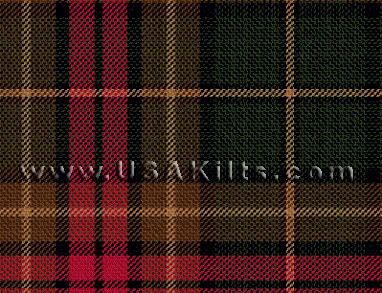X Marks the Scot - An on-line community of kilt wearers.
|
-
13th June 12, 03:53 AM
#1
Military Box-Pleats: some questions for the rabble.
In planning ahead for my next kilt purchase, I find myself questioning whether I want to stick with the more common knife-pleating, or opt for the military box-pleat, as seen here in Woodsheal's thread:
http://www.xmarksthescot.com/forum/f...x-pleat-67686/
As this would entail a significant (for me) jump in price, I wanted to collect the various facts and opinions that you ladies and gentlemen/dudes have about this style of pleating. Such as, but not limited to:
1: The actual construction. I've read it described as a knife pleat with the facing folded back. Not being exceptionally bright or all that familiar with kilt making, I'm having trouble picturing exactly what this means.
2: Does the different pleating affect the kilts "swang?" Increase, decrease, turn it into a confused jumble when you walk?
3: Are the pleats more difficult to keep intact? I have become fairly skilled at sweeping a knife-pleated kilt--do these pleats require a different method?
4: Is this construction better-suited to heavier weights (16oz.+)? The tartan I've chosen,

is a 13oz. medium-weight tartan.
5: Out of curiosity, is it genuinely used for military kilts, or is it that appellation a marketing flourish?
I'd like to avoid asking something as terribly subjective as "is it worth the extra cash?" but to those members who own one...do you feel like it was worth the extra cash? Why or why not? I'll admit that part of the draw is the fact that I don't see this style very often--I like the idea of ordering something which challenges my kilt-maker's skills a little more and results in something not commonly encountered. Why or why not? I'll admit that part of the draw is the fact that I don't see this style very often--I like the idea of ordering something which challenges my kilt-maker's skills a little more and results in something not commonly encountered.
I appreciate any input!
Tyler
Last edited by LitTrog; 13th June 12 at 03:54 AM.
Mister McGoo
A Kilted Lebowski--Taking it easy so you don't have to.
-
Tags for this Thread
 Posting Permissions
Posting Permissions
- You may not post new threads
- You may not post replies
- You may not post attachments
- You may not edit your posts
-
Forum Rules
|
|
Why or why not? I'll admit that part of the draw is the fact that I don't see this style very often--I like the idea of ordering something which challenges my kilt-maker's skills a little more and results in something not commonly encountered.
















Bookmarks